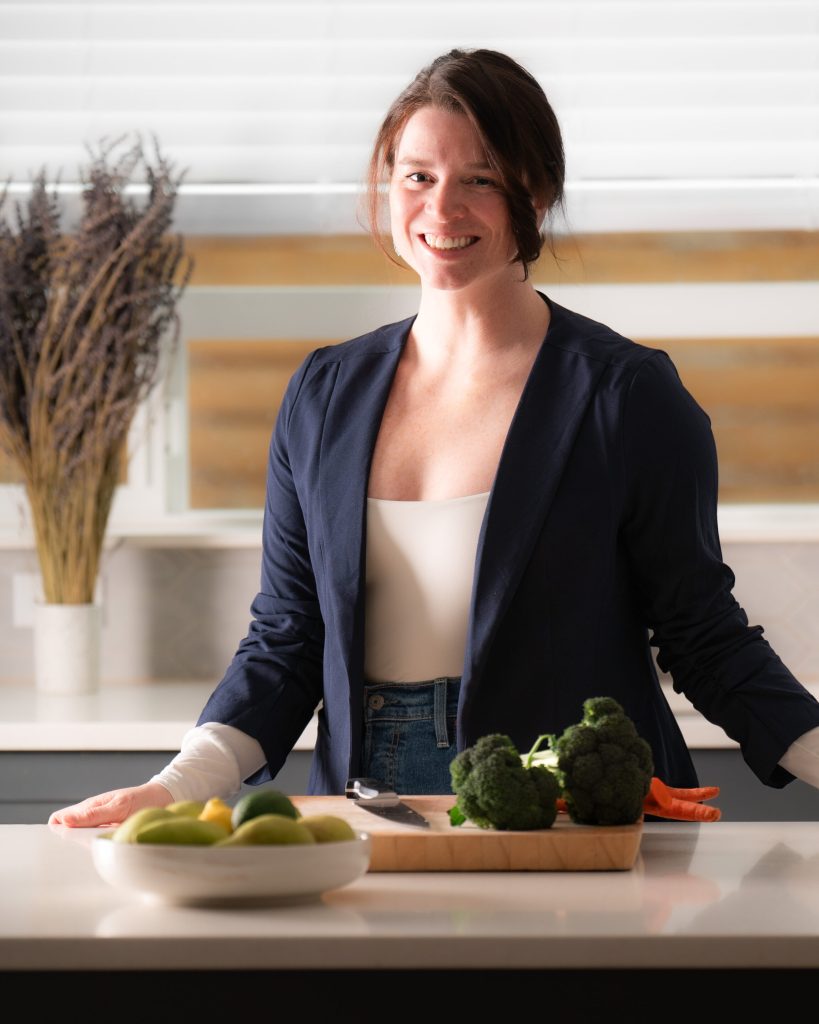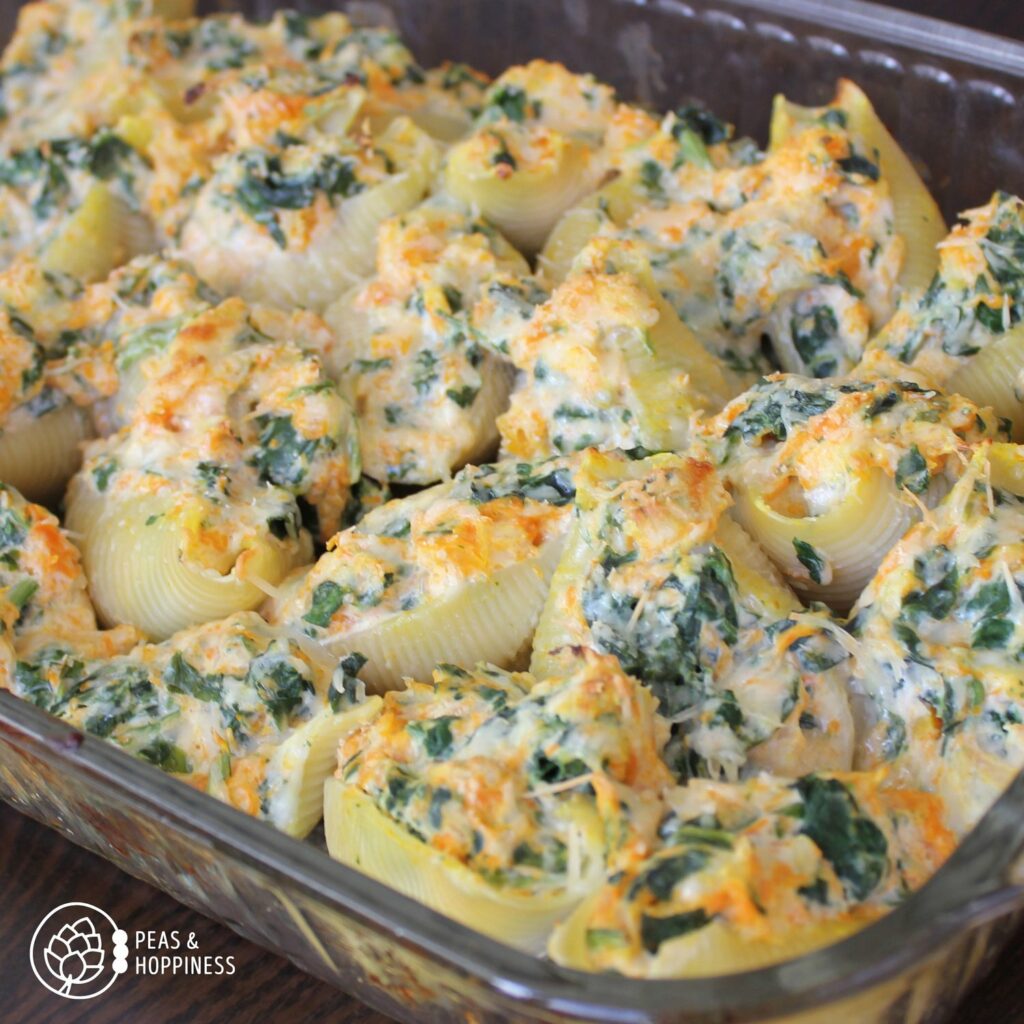Written by guest author, Sarah Harper, MS, RD
Curious about the Flexitarian Diet? Learn about this semi-vegetarian approach and get tips on how to set yourself up for success!
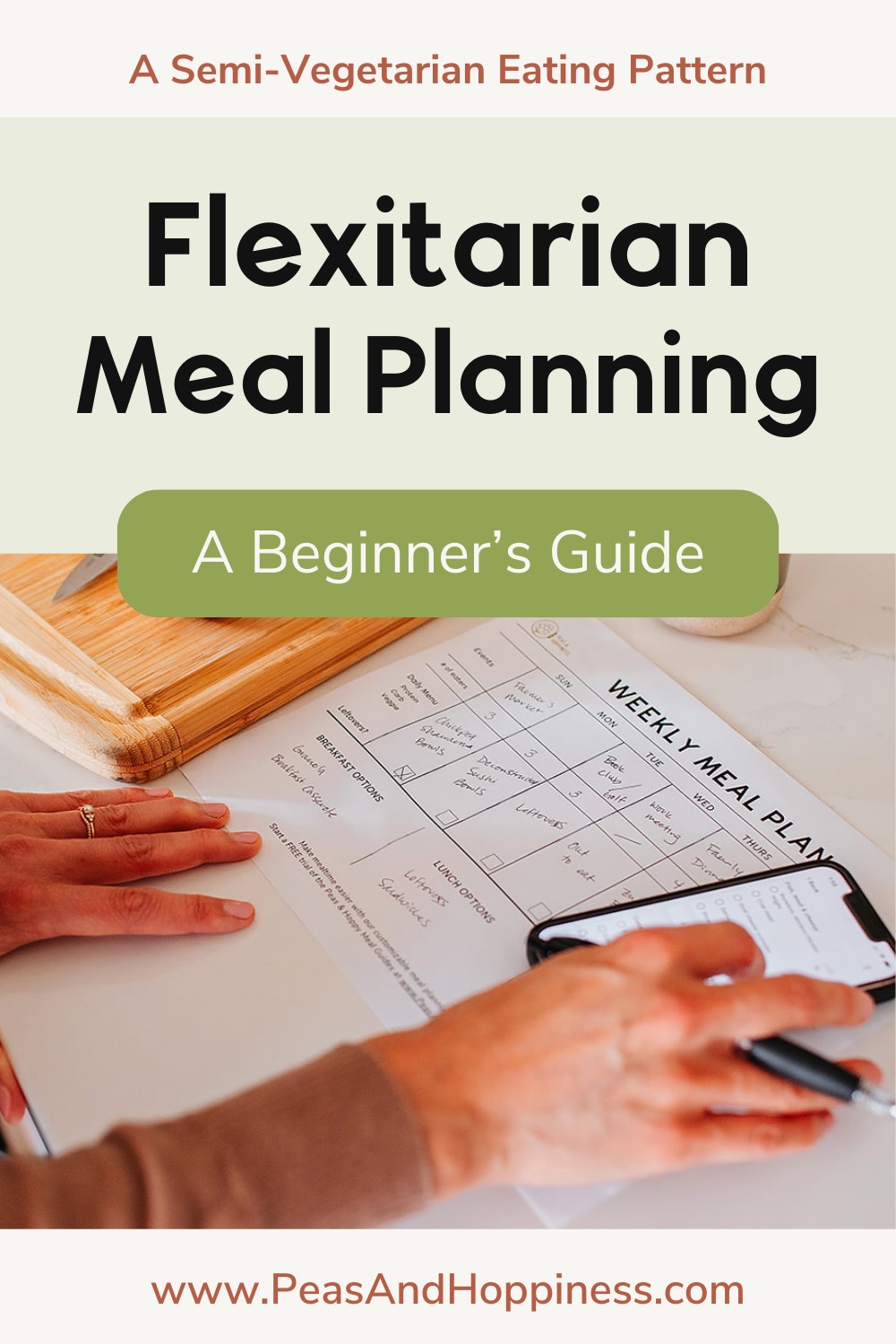 The Flexitarian Diet’s premise is simple: eat more plants.
The Flexitarian Diet’s premise is simple: eat more plants.
Dawn Jackson Blatner, RDN CSSD, introduced this Semi-Vegetarian diet in her 2010 book, “The Flexitarian Diet”. She combines “Flexible” and “Vegetarian” to create the dietary approach referred to as “Flexitarian.”
This Semi-Vegetarian diet is a flexible approach to plant-based eating that is gaining popularity among those seeking a more adaptable lifestyle.
It is ranked highly in U.S. News’ Best Diet rankings because it is simple, healthy, and straightforward. It ranks #2 in both “Easiest Diets to Follow” and “Best Diets for Healthy Eating”, and ranks #1 in “Best Plant-Based Diets” (U.S. News Best Diet Rankings, 2024).
What is a Flexitarian Meal Plan?
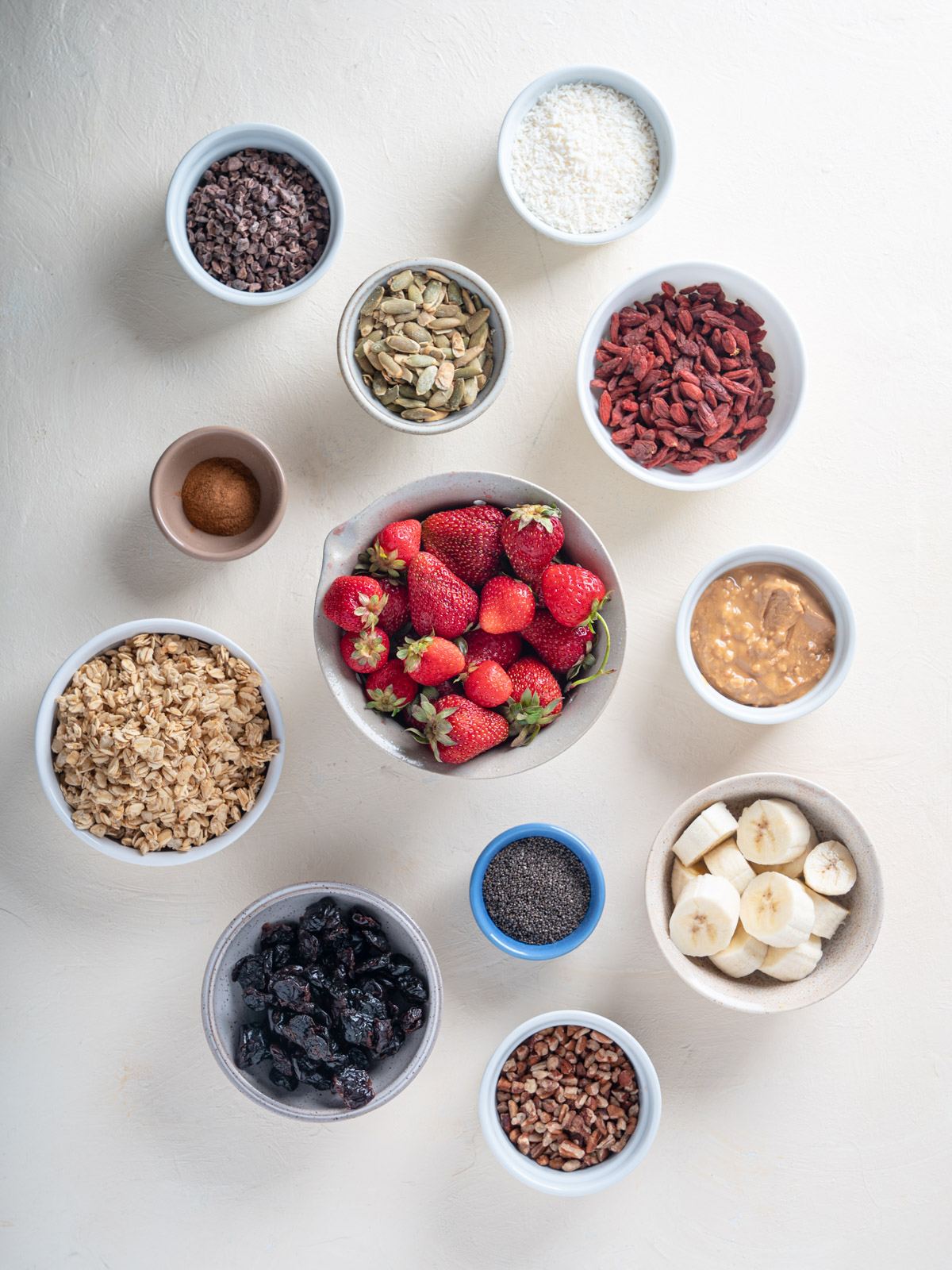
Making a flexitarian meal plan is simple: follow a vegetarian diet while occasionally incorporating meat. The Flexitarian Diet is not bound by strict rules dictating food choices; instead, it functions more as a lifestyle.
Moreover, with the rising popularity of the term “Flexitarian”, various interpretations of the Flexitarian diet have surfaced. Among these variations are The Climatarian Diet, which limits the consumption of beef and lamb, the Semi-Vegan variation, and my preferred, the Semi-Pescetarian approach.
Those interested in a flexitarian meal plan might be motivated for the following reasons:
- Flexibility
- Health benefits
- Environmental concerns
- Ethical considerations
- Variety
- Affordability
Key Features of Flexitarian Meal Planning
Now that we’ve discussed Blatner’s Flexitarian philosophy of eating more plants while remaining flexible, let’s explore additional components of the Flexitarian Diet. These components aim to promote balanced eating and foster a healthy lifestyle.
The components include:
- Focus on fruits, vegetables, and whole grains.
- Incorporate non-meat proteins such as lentils, beans, tofu, tempeh, dairy, eggs, and nuts.
- Reduce portions and frequency of foods such as chicken, pork, lamb, and beef.
- Limit consumption of added sugars and highly processed foods.

How to Set Yourself Up For Flexitarian Success
According to the Academy of Nutrition and Dietetics, a well-planned diet can help prevent nutrient deficiencies (Melina, Craig, & Levin, 2016). That is why meal planning and stocking up on Flexitarian staples is critical for success.
Meal Planning
For many, creating a weekly meal plan can feel burdensome and time-consuming. Luckily, there are tools out there that can help you achieve your nutrition and lifestyle goals.
You can streamline your meal planning by using a meal planning template or a meal planning app. The Peas and Hoppy Meal Guides app is a meal planning app which offers a customizable meal planning service, helping families get dinner on the table while saving time, energy, and money.
Stock Up On Flexitarian Staples
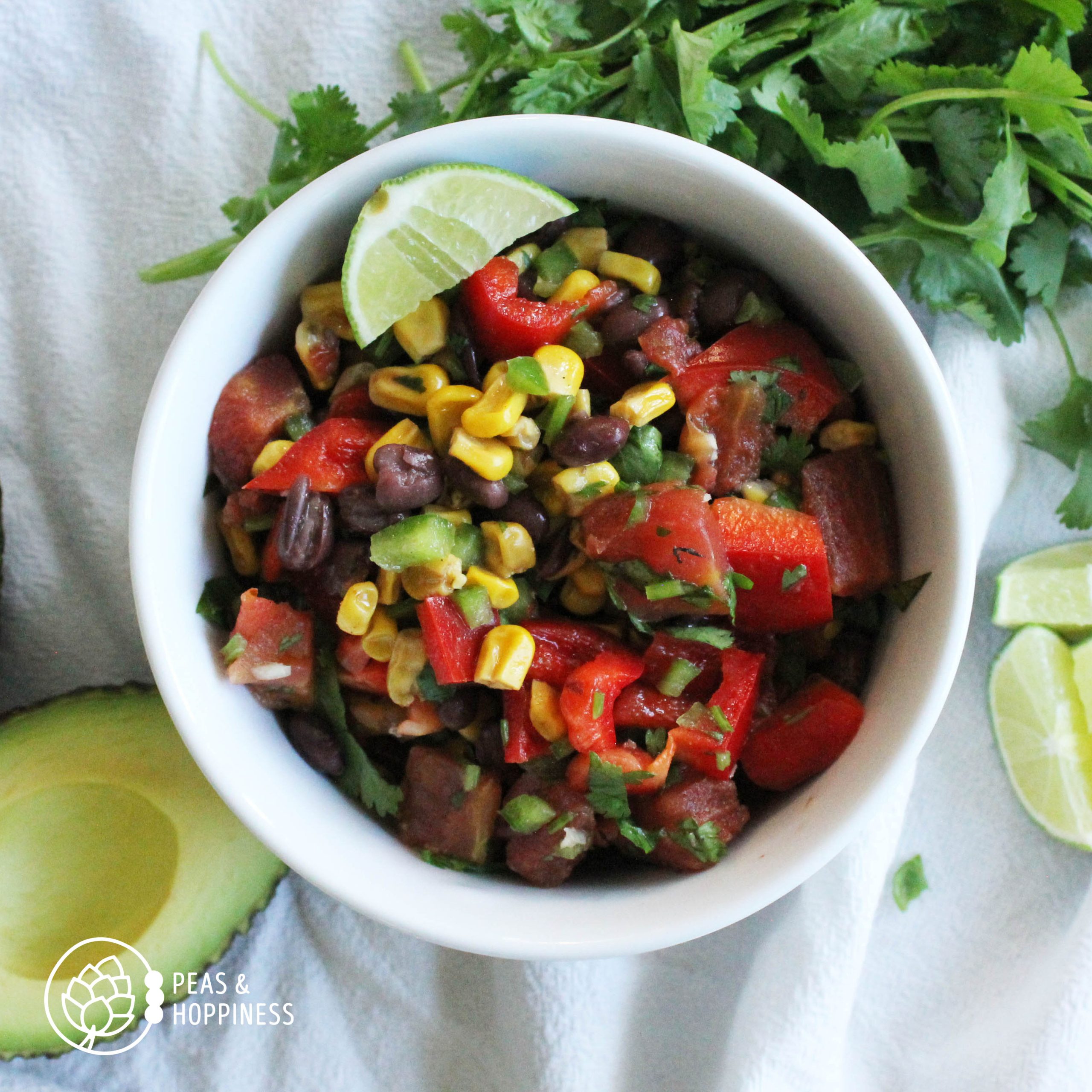 Ensuring you have a supply of essential ingredients is fundamental for following a balanced diet and healthy lifestyle. With these ingredients readily accessible, a last-minute snack or weeknight meal can transform into something wholesome and delicious.
Ensuring you have a supply of essential ingredients is fundamental for following a balanced diet and healthy lifestyle. With these ingredients readily accessible, a last-minute snack or weeknight meal can transform into something wholesome and delicious.
Some of my favorite staples include:
- Frozen fruits and veggies
- Frozen or refrigerated tofu and tempeh
- Legumes such as beans and lentils
- Whole grains such as brown rice, quinoa, farro, and oats
- Nut butters
For more Flexitarian Staples, check out this Flexitarian Pantry Guide.
Ready, Set, Flex!
If you have been considering adopting a more plant-based diet, the Flexitarian lifestyle offers a flexible, easy-to-follow, yet sustainable approach to healthy eating. It caters to various dietary preferences and lifestyle motivations.
Incorporating meal planning and stocking up on Flexitarian staples helps ensure a balanced diet. I hope you find by adopting Blanter’s Flexitarian philosophy to eat more plants, you’ll experience a sense of well-being and a deeper connection with your food.
Happy flexitarian meal planning,
Sarah Harper, Flexitarian Food Blogger from The Addy Bean
References
- U.S. News Best Diet Rankings. (2024). Usnews.com. https://health.usnews.com/best-diet
- Dawn Jackson Blatner. (2010). The flexitarian diet: the mostly vegetarian way to lose weight, be healthier, prevent disease, and add years to your life. Mcgraw-Hill Contemporary Learning; London.
- Melina, V., Craig, W., & Levin, S. (2016). Position of the Academy of Nutrition and Dietetics: Vegetarian Diets. Journal of the Academy of Nutrition and Dietetics, 116(12), 1970–1980. https://doi.org/10.1016/j.jand.2016.09.025
About the Author
Sarah Harper is a Registered Dietitian and the creative voice behind The Addy Bean: A Flexitarian Food Blog.
Sarah shares a collection of quick, convenient, and healthy (mostly) plant-based recipes. These recipes are tailored for busy individuals seeking to decrease their meat consumption and enjoy the health benefits of a flexible plant-based diet.
Learn more about Sarah or find her on social media:
Flexitarian Meal Plans Every Week
Enjoy plant-forward meals planned for you with the Peas and Hoppy Meal Guides app. Dietitian Ann writes and tests all the recipes in her own kitchen and creates nutritionally balanced meal plans each week which are delicious, sustainable, and easy to make.
Try a premium subscription free for a month with the code ADDYBEAN at checkout. After that, your subscription renews at just $14.99/month. We hope to see you at the table!
“They have saved me a lot of time finding & trying new recipes. We eat a lot more fish & vegetarian entrees now which are a great addition to our previous meat & potatoes fare.”
-Margaret S., premium subscriber of the Peas & Hoppy Meal Guides
